Related Research Articles

Clarissa Harlowe Barton was an American nurse who founded the American Red Cross. She was a hospital nurse in the American Civil War, a teacher, and a patent clerk. Since nursing education was not then very formalized and she did not attend nursing school, she provided self-taught nursing care. Barton is noteworthy for doing humanitarian work and civil rights advocacy at a time before women had the right to vote. She was inducted into the National Women's Hall of Fame in 1973.

The Adana massacre occurred in the Adana Vilayet of the Ottoman Empire in April 1909. A massacre of Armenian Christians by Ottoman Muslims in the city of Adana amidst the Ottoman countercoup of 1909 expanded to a series of anti-Armenian pogroms throughout the province. Around 20,000 to 25,000 people were killed in Adana and surrounding towns, mostly Armenians; it was reported that about 1,300 Assyrians were also killed during the massacres. Unlike the earlier Hamidian massacres, the events were not organized by the central government but instead instigated by local officials, intellectuals, and Islamic clerics, including Committee of Union and Progress (CUP) supporters in Adana. Professor of History Ronald Grigor Suny from the University of Michigan describes Adana as "more like an urban riot that degenerated into a pogrom rather than a state-initiated mass killing".

The Hamidian massacres also called the Armenian massacres, were massacres of Armenians in the Ottoman Empire in the mid-1890s. Estimated casualties ranged from 100,000 to 300,000, resulting in 50,000 orphaned children. The massacres are named after Sultan Abdul Hamid II, who, in his efforts to maintain the imperial domain of the declining Ottoman Empire, reasserted pan-Islamism as a state ideology. Although the massacres were aimed mainly at the Armenians, in some cases they turned into indiscriminate anti-Christian pogroms, including the Diyarbekir massacres, where, at least according to one contemporary source, up to 25,000 Assyrians were also killed.
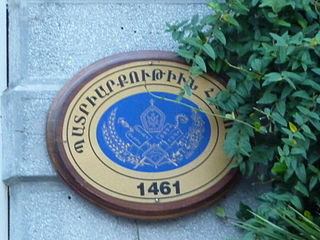
The Armenian Patriarchate of Constantinople is an autonomous see of the Armenian Apostolic Church. The seat of the Armenian Patriarchate of Constantinople is the Surp Asdvadzadzin Patriarchal Church in the Kumkapı neighborhood of Istanbul.

Henry Otis Dwight, LL.D., was an American missionary and author.

The occupation of the Ottoman Bank by members of the Armenian Revolutionary Federation took place in Constantinople, the capital of the Ottoman Empire on 26 August 1896. In an effort to raise further awareness and action by the major European powers, 28 armed men and women led primarily by Papken Siuni and Armen Garo took over the bank which largely employed European personnel from Great Britain and France. Stirred largely due to the inaction of the European powers in regard to Hamidian massacres started by Sultan Abdul Hamid II, the Armenian Revolutionary Federation members saw its seizure as a means to bring full attention to their plight. At the time, the Ottoman Bank served as an important financial center for both the Empire and the countries of Europe.
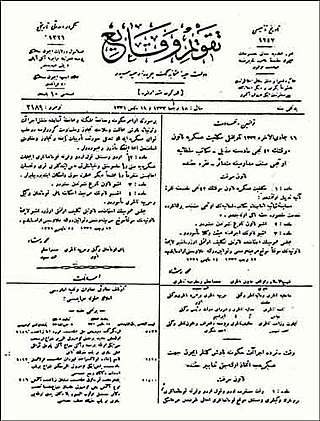
The Temporary Law of Deportation, also known as the Tehcir Law, or officially by the Republic of Turkey, the "Sevk ve İskân Kanunu" was a law passed by the Ottoman Council of Ministers on May 27, of 1915 authorizing the deportation of the Ottoman Empire's Armenian population. The resettlement campaign resulted in the deaths of anywhere between 800,000 and over 1,500,000 civilians, in what is commonly referred to as the Armenian genocide. The bill was officially enacted on June 1, 1915, and expired on February 8, 1916.
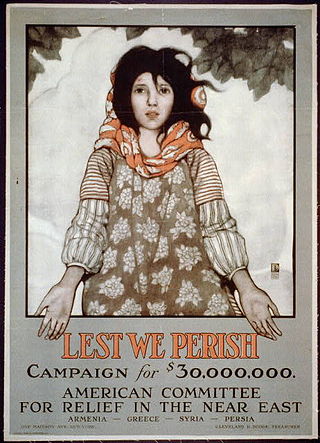
The Near East Foundation (NEF) had its genesis in a number of earlier organizations. As the scope of relief expanded from aid to Greek, Armenian and Assyrian victims of the Ottoman Empire to post WWI relief in the region, the names and mission changed. The inception was as the American Committee on Armenian Atrocities, later becoming the American Committee for Relief in the Near East (ACRNE), and then Near East Relief. In 1930 the Near East Foundation was established.
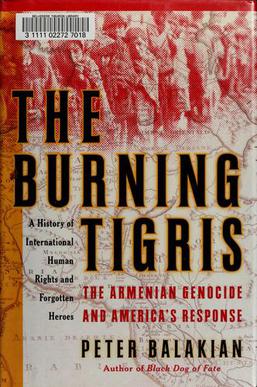
The Burning Tigris: The Armenian Genocide and America's Response is a book written by Peter Balakian, and published in 2003. It details the Armenian genocide, the events leading up to it, and the events following it. In particular, Balakian focuses on the American response to the persecution and genocide of the Armenians in the Ottoman Empire from 1894 to 1923.

Spencer Trask was an American financier, philanthropist, and venture capitalist. Beginning in the 1870s, Trask began investing and supporting entrepreneurs, including Thomas Edison's commercial production of the electric light bulb and his electricity network. In 1896 he reorganized The New York Times, becoming its majority shareholder and chairman.
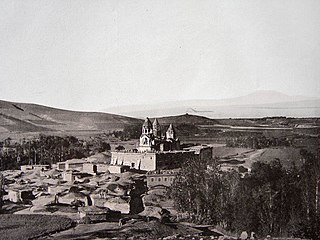
Narekavank was a tenth-century Armenian monastery in the historic province of Vaspurakan, near the southern shores of Lake Van, in present-day Gevaş district in the Van Province in eastern Turkey. The monastery was one of the most prominent in medieval Armenia and had a major school. The poet Gregory of Narek notably flourished at the monastery. It was abandoned in 1915 during the Armenian genocide, and reportedly demolished around 1951. A mosque now stands on its location.

This page contains a selected list of press headlines relevant to the Armenian genocide in chronological order, as recorded in newspaper archives. The sources prior to 1914 relate in large part to the Hamidian massacres and the Adana massacre.
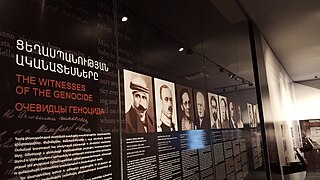
Witnesses and testimony provide an important and valuable insight into the events which occurred both during and after the Armenian genocide. The Armenian genocide was prepared and carried out by the Ottoman government in 1915 as well as in the following years. As a result of the genocide, as many as 1.5 million Armenians who were living in their ancestral homeland were deported and murdered.

George Edward White was an American Congregationalist missionary for the American Board of Commissioners for Foreign Missions for forty-three years. Stationed in the Ottoman Empire during the Armenian genocide as President of the Anatolia College in Merzifon, White attempted to save the lives of many Armenians, including "refused to tell" where Armenians were hiding so to save them from getting deported or killed. Thus he became an important witness to the Armenian Genocide.

George Warren Wood (1814–1901) was a Presbyterian minister and missionary who became the secretary of the Congregationalist American Board of Commissioners for Foreign Missions. He was an early missionary to Armenia under Cyrus Hamlin.

Carmelite Brewer Christie was a Congregational missionary in the Ottoman Empire from 1877 to 1920 and served as the acting president of the St. Paul's College, during World War I. She was the college's sole American caretaker, though her husband Thomas Davidson Christie was the named president. She wrote letters and kept diaries which are part of the Minnesota Historical Society Christie Collection and provide a first-hand account of the Armenian massacre of 1895, Ottoman Turkish politics in the pre- and post-World War I era, the Armenian genocide of 1915 and its aftermath. During the Adana massacre, she refused to abandon the school, students and refugees who had fled there, guarding up to 5,000 people under her protection and hoisting the American flag.
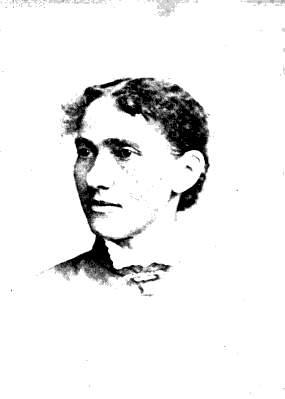
Corinna Shattuck was an American educator and missionary in Turkey, recognized for heroism at Urfa in 1895–1896.

Jesse Krekore Marden was an American physician and hospital administrator who was a leader of medical relief efforts during the Armenian Genocide through his work for Near East Relief.
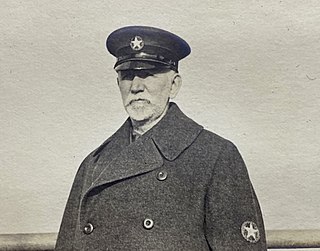
James Levi Barton (1855–1936) was an American Protestant missionary and educator who devoted his life to establishing and administering schools and colleges in the Near East, and overseeing Near East relief efforts before and after World War I. He rose to prominence in the United States and internationally when he was named Chairman of the American Committee for Relief in the Near East, and subsequently the follow-on organization, Near East Relief. He was fluent in Armenian, a prolific writer with numerous books to his name, and the recipient of multiple honorary degrees.

William Summerill Vanneman was an American medical missionary. From the fall of 1890 until his death, he worked as a physician in Tabriz, Iran for the Presbyterian mission. Vanneman was appointed as chairman of the relief committee in Tabriz during the Armenian genocide and the Persian famine of 1917-1919. He was awarded the Order of the Lion and the Sun in 1896 by the Shah of Persia.
References
- ↑ The Burning Tigris: The Armenian Genocide and America's Response, by Peter Balakian, HarperCollins, 2003.
- ↑ "A Short History of the Daughters of Union Veterans of the Civil War 1861-1865 and The Nebraska Department of the Daughters of Union Veterans of the Civil War 1861-1865" issued by The Nebraska Department Bicentennial Committee.
- ↑ American Philanthropy Abroad, by Merle Curti, Transaction Publishers, 1988